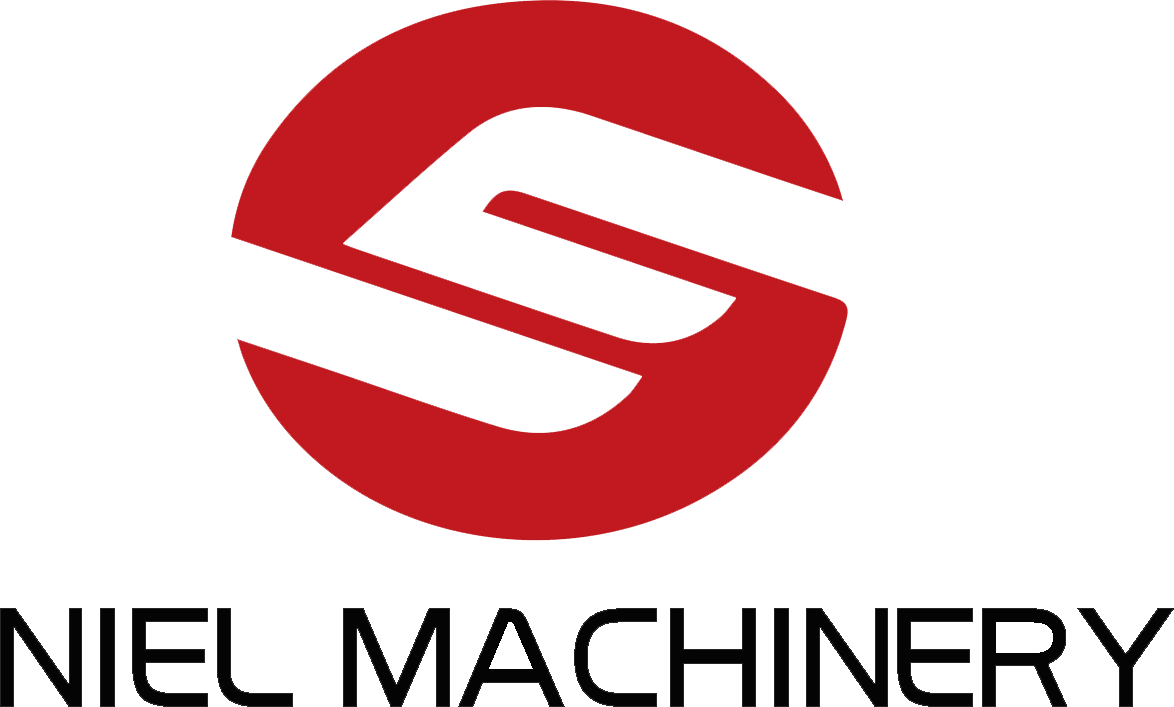Understanding Laboratory Dry Powder Mixers: Key Insights for Efficient Manufacturing
Release time:
2025-04-20 10:00
Source:
One of the primary advantages of laboratory dry powder mixers is their ability to achieve uniform distribution of powders with varying physical properties. This is critical in applications where inconsistencies can lead to subpar product performance. The design of these mixers often incorporates features such as adjustable mixing speeds and time settings, which allow operators to fine-tune the mixing process based on specific powder characteristics.
Another important feature of laboratory dry powder mixers is their scalability. While these machines are often used in smaller batches for R&D purposes, they can also serve as a precursor to larger-scale production. This scalability simplifies the transition from laboratory to industrial-scale operations, reducing time and resource investment during the scaling process.
When selecting a laboratory dry powder mixer, there are several factors to consider. First, the type of mixing mechanism—whether it be a V-blender, ribbon mixer, or another design—can greatly influence the mixing efficiency and effectiveness. Each type comes with its own set of strengths and limitations, making it essential to match the mixer type to the specific requirements of the materials being processed.
Furthermore, the choice of materials used in the mixer construction can also impact cleanliness and maintenance. Many modern mixers are designed with easy-clean features to minimize contamination risks, which is particularly important in industries with stringent hygiene standards. Operators should also consider the mixer’s integration capabilities with other equipment in the production line, ensuring a seamless workflow.
In addition to these practical considerations, it's essential to remain abreast of the latest innovations in laboratory dry powder mixers. Advances in technology, such as automation and smart control systems, are transforming how these machines operate, enhancing precision and reducing manual oversight.
In conclusion, laboratory dry powder mixers play a pivotal role in the manufacturing process by ensuring consistent quality and performance of dry powder products. By understanding the various types, operational features, and technological advancements, manufacturers can optimize their mixing processes, leading to improved product quality and operational efficiency. Engaging with experts in the field and continuously exploring new advancements will further empower businesses to stay competitive in an ever-evolving market.
Related News
Boosting Efficiency: Semi Automatic Powder Filling Machine in Action
Boosting Efficiency: Semi Automatic Powder Filling Machine in Action Table of Contents 1. Introduction to Semi Automatic Powder Filling Machines 2. What is a Semi Automatic Powder Filling Machine? 3. How Does a Semi Automatic Powder Filling Machine Work? 4. Benefits of Semi Automatic Powder Filling Machines 5. Applications of Semi Automatic Powder Filling Machines 6. Maint
Understanding Semi-Automatic Powder Filling Machines: A Comprehensive Overview
Semi-automatic powder filling machines are pivotal in the packaging sector, particularly for businesses handling powdered products such as spices, flour, chemicals, and pharmaceuticals. These machines bridge the gap between manual filling methods and fully automatic systems, offering businesses an optimal solution for efficiency and precision. One of the primary advantages of semi-automatic powder
The Evolution of Mixing Machinery: Horizontal Paddle Mixers at the Forefront
The Evolution of Mixing Machinery: Horizontal Paddle Mixers at the Forefront Table of Contents 1. Introduction to Mixing Machinery 2. A Brief History of Mixing Machinery 3. Technological Advancements in Mixing Machinery 4. Understanding Horizontal Paddle Mixers 5. Applications of Horizontal Paddle Mixers 6. Advantages of Horizontal Paddle Mixers 7. The Future of Mixing Machinery 8
The Essential Guide to Horizontal Paddle Mixers: Applications and Benefits
Horizontal paddle mixers are vital components in various manufacturing and processing operations, particularly within the realm of mixing machinery. Understanding the workings and benefits of these mixers can significantly enhance operational efficiency and product quality. A horizontal paddle mixer typically features a cylindrical mixing chamber equipped with paddles that rotate on a horizontal a
Exploring the Dynamic Capabilities of Industrial Ribbon Mixers Table of Contents Introduction to Industrial Ribbon Mixers Understanding the Mechanics of Ribbon Mixers Advantages of Using Ribbon Mixers in Manufacturing Applications of Ribbon Mixers Across Industries Maintaining Your Ribbon Mixer for Longevity Future Trends in Ribbon Mixer Technology Case Studies: Ribbon Mixers in Act
Understanding Industrial Ribbon Mixers: Essential Tools for Effective Material Blending
Industrial ribbon mixers are vital pieces of equipment used in various manufacturing processes, particularly in the blending of powdered and granular materials. These mixers are characterized by their unique design, featuring a set of helical ribbons that move materials through the mixing chamber, ensuring a thorough and uniform blend. With increasing demands for consistency and quality in product




















